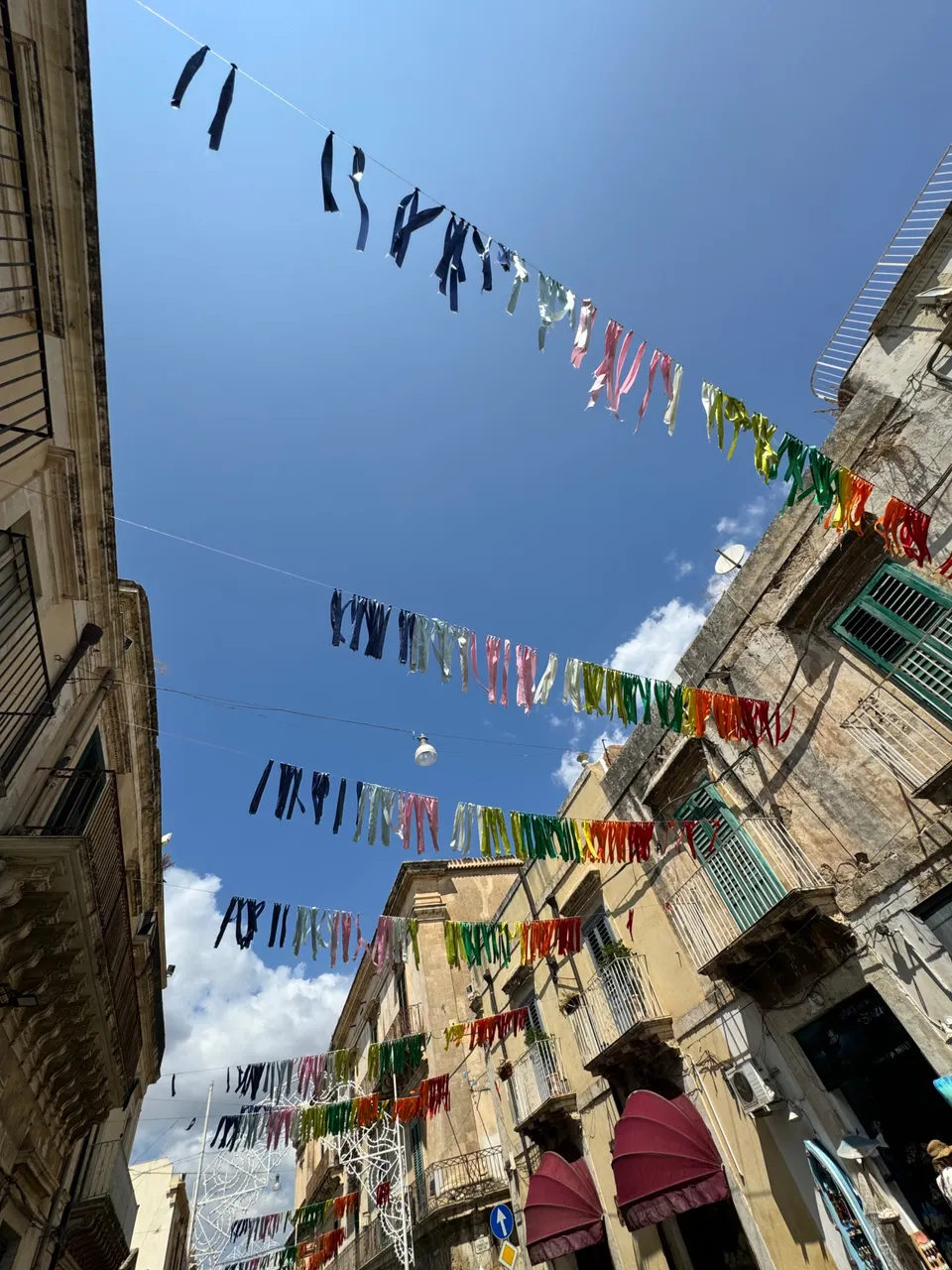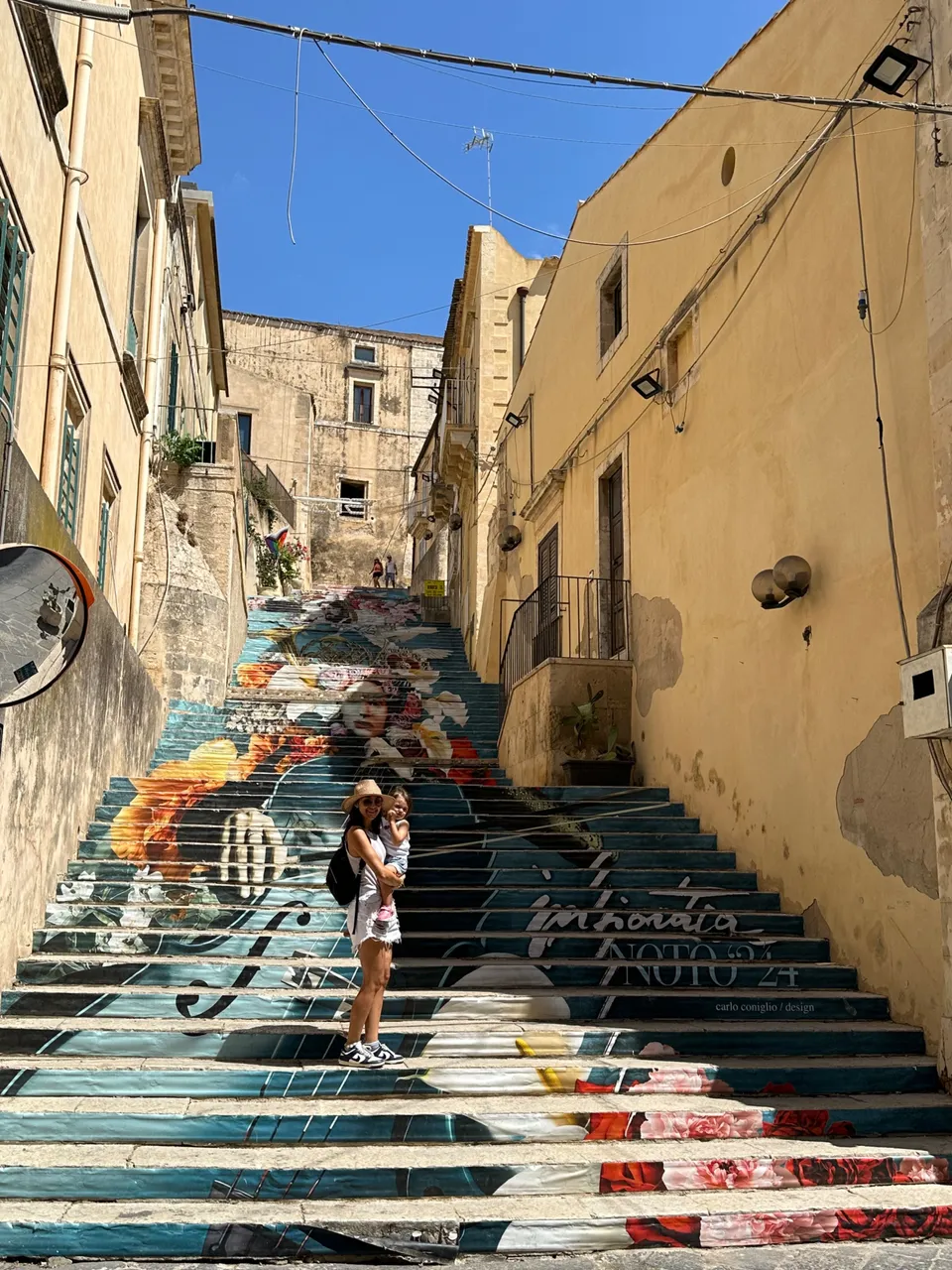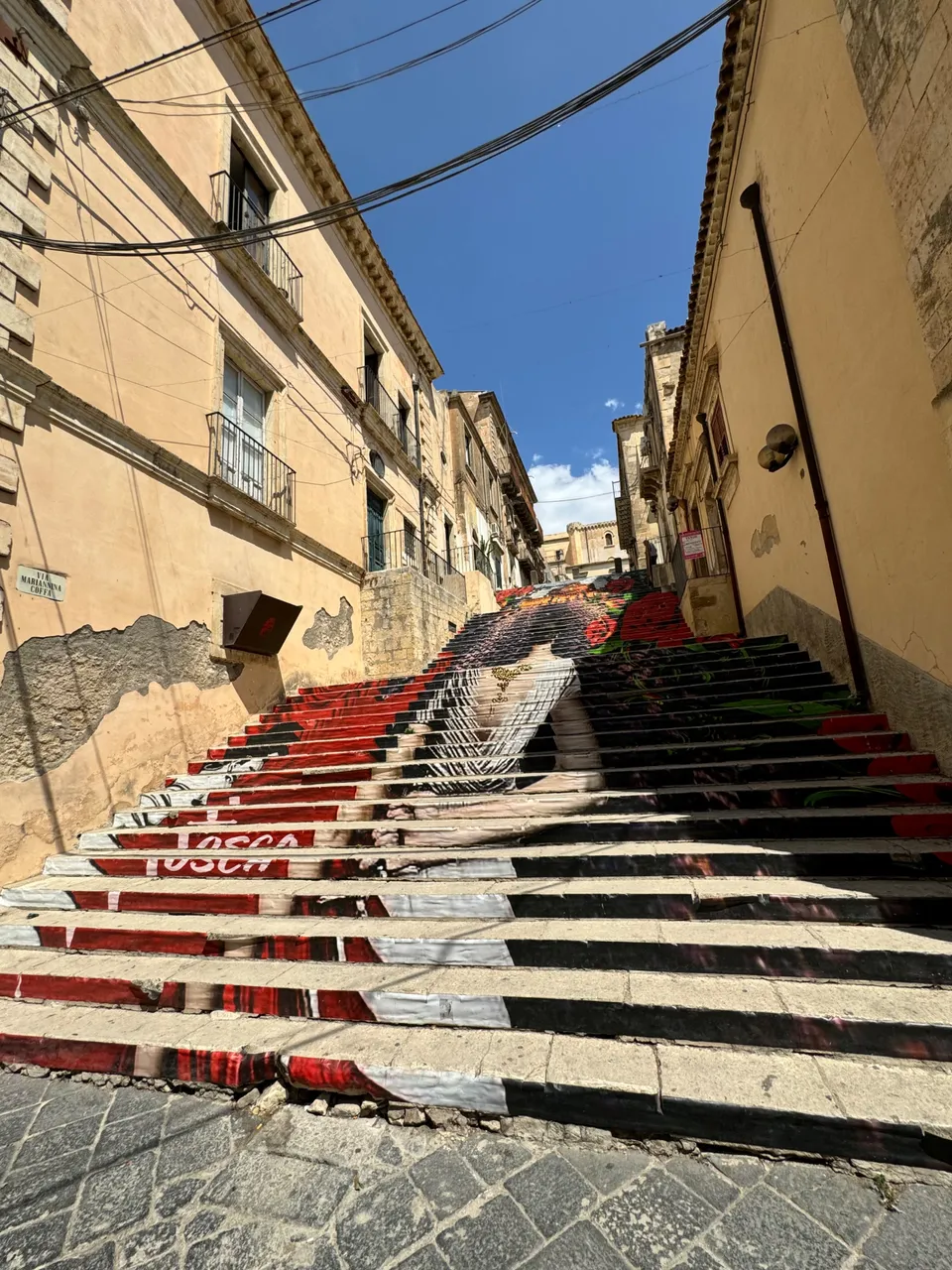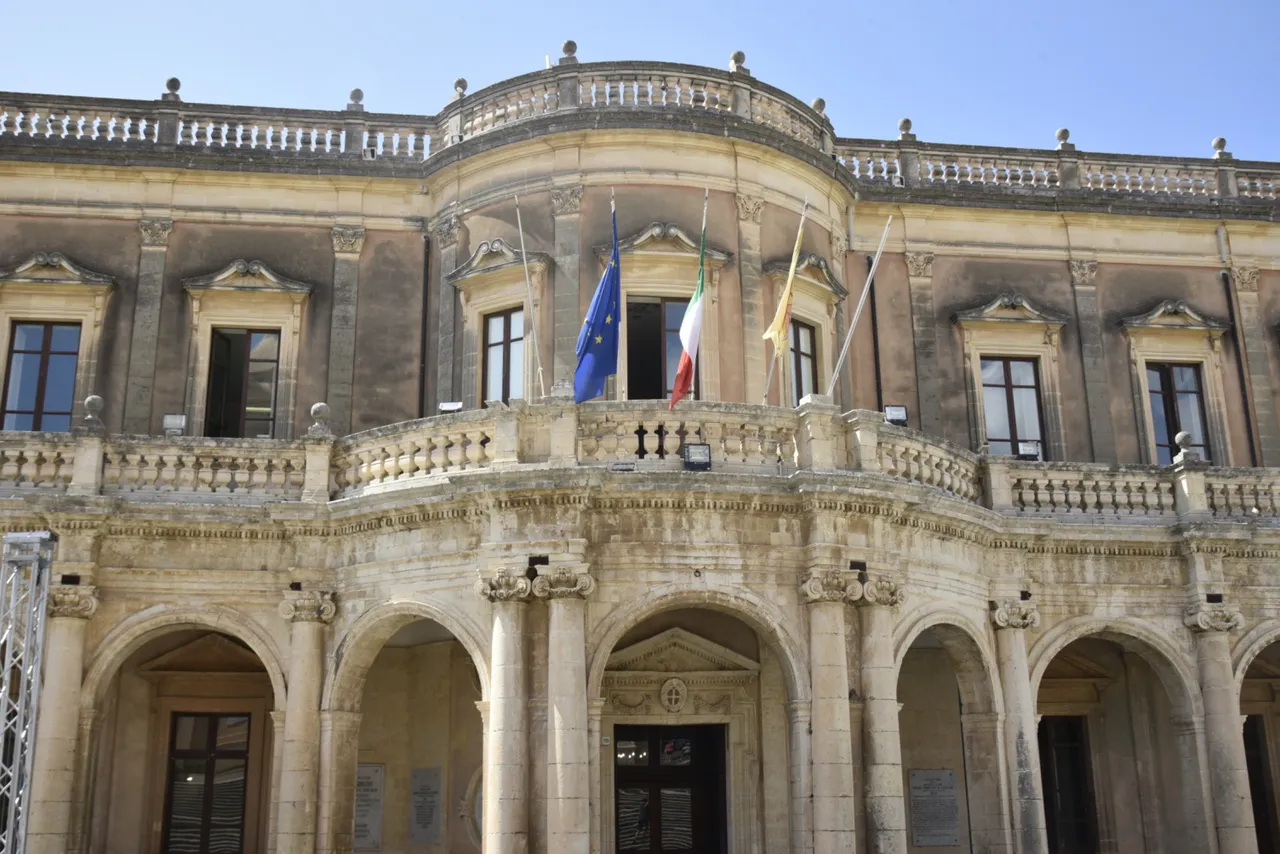ENG/ITA

Dear friends of hive,
I have just returned from my short trip to Sicily, and I have many new little wonders to show you.
I want to start with an ancient city and fulcrum of the Baroque, a city full of history and culture : Noto.
We stopped in Noto on the first day, obviously the weather was not on our side as there were about 38 degrees, but despite this we still managed to visit most of the city.
Cari amici di hive,
sono appena tornata dal mio breve viaggio in Sicilia, e ho moltissime nuove piccole meraviglie da farvi vedere.
Voglio partire con una città antica e fulcro del barocco, una città piena di storia e di cultura : Noto.
Ci siamo fermati a Noto il primo giorno, ovviamente il meteo non era dalla nostra parte poichè c’erano circa 38 gradi, ma nonostante questo siamo riusciti comunque a visitare gran parte della città.

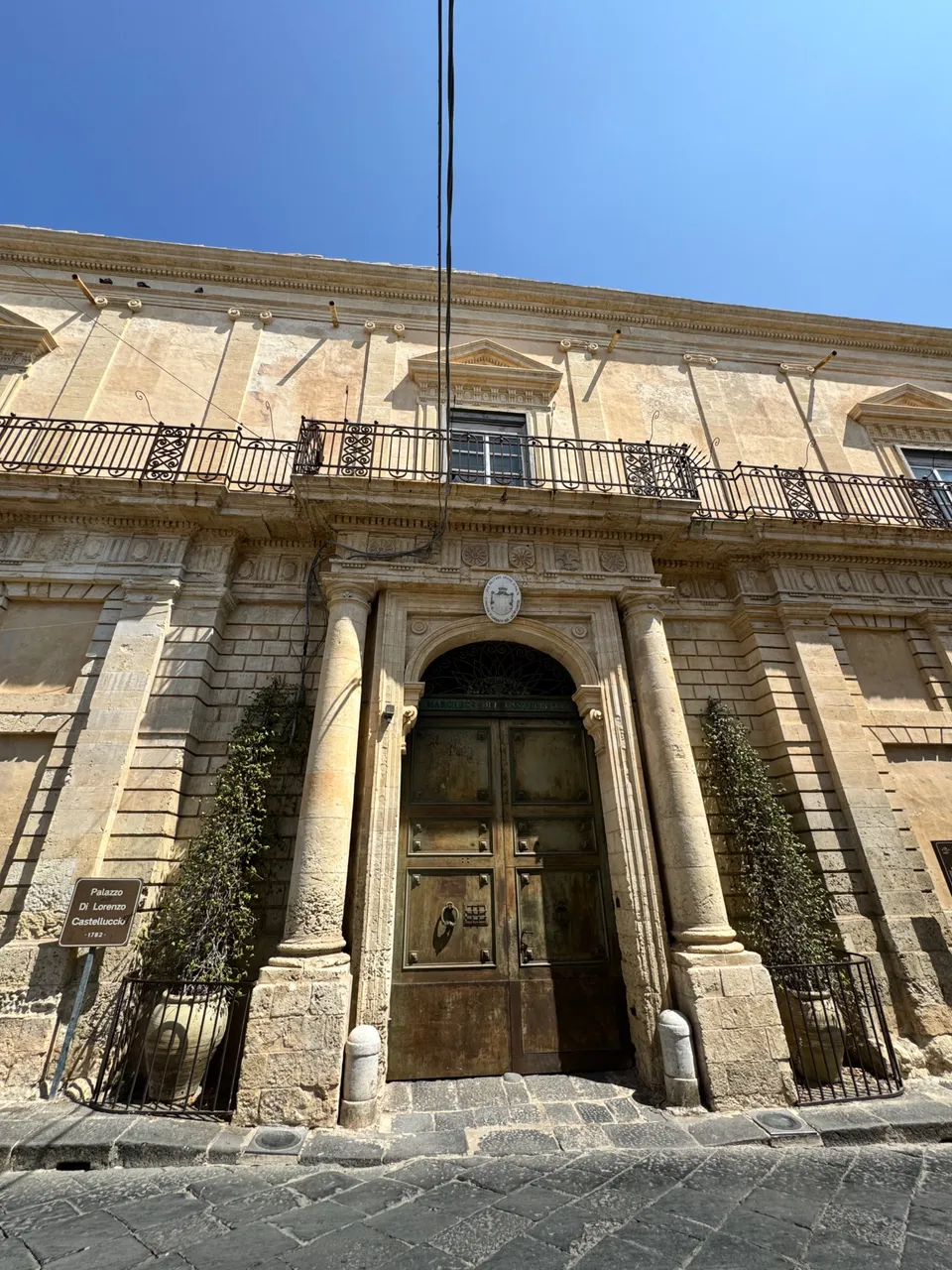
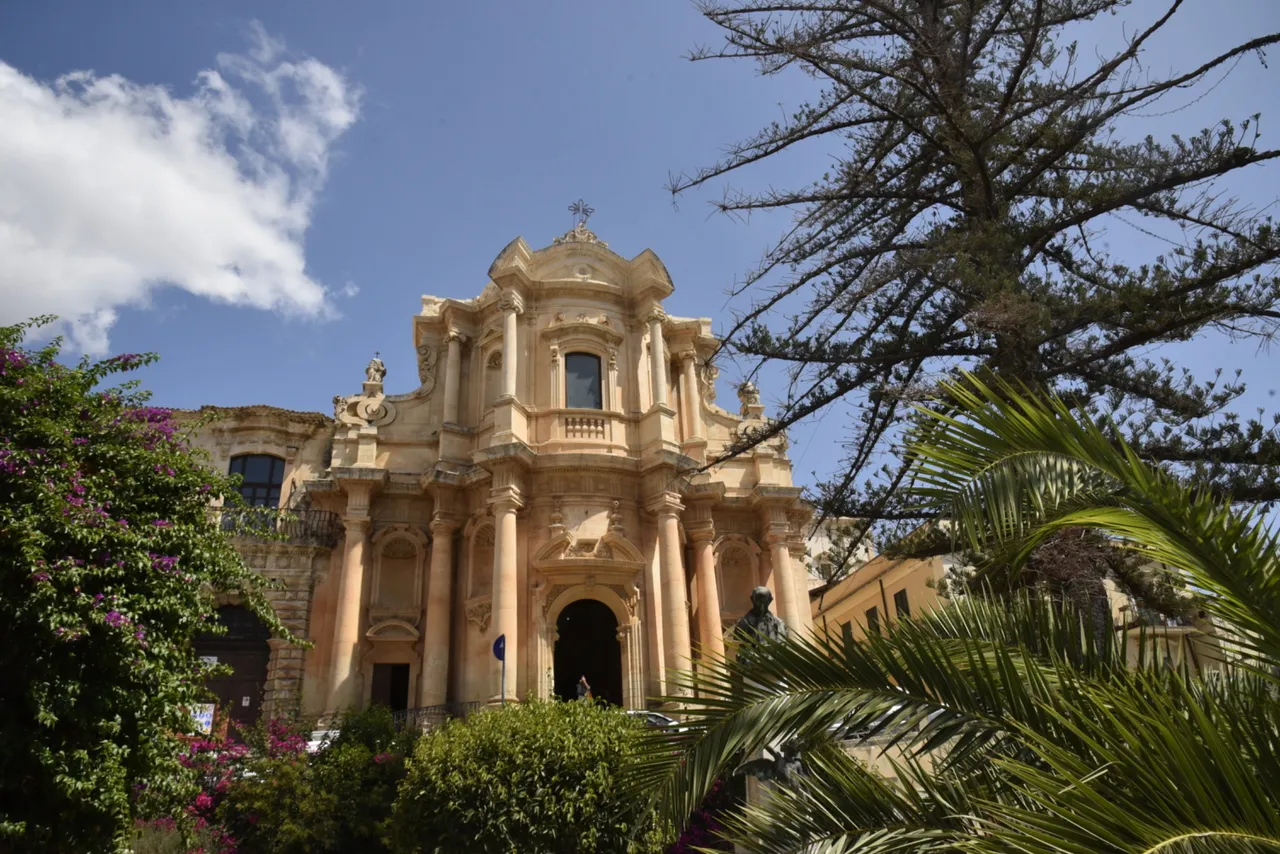
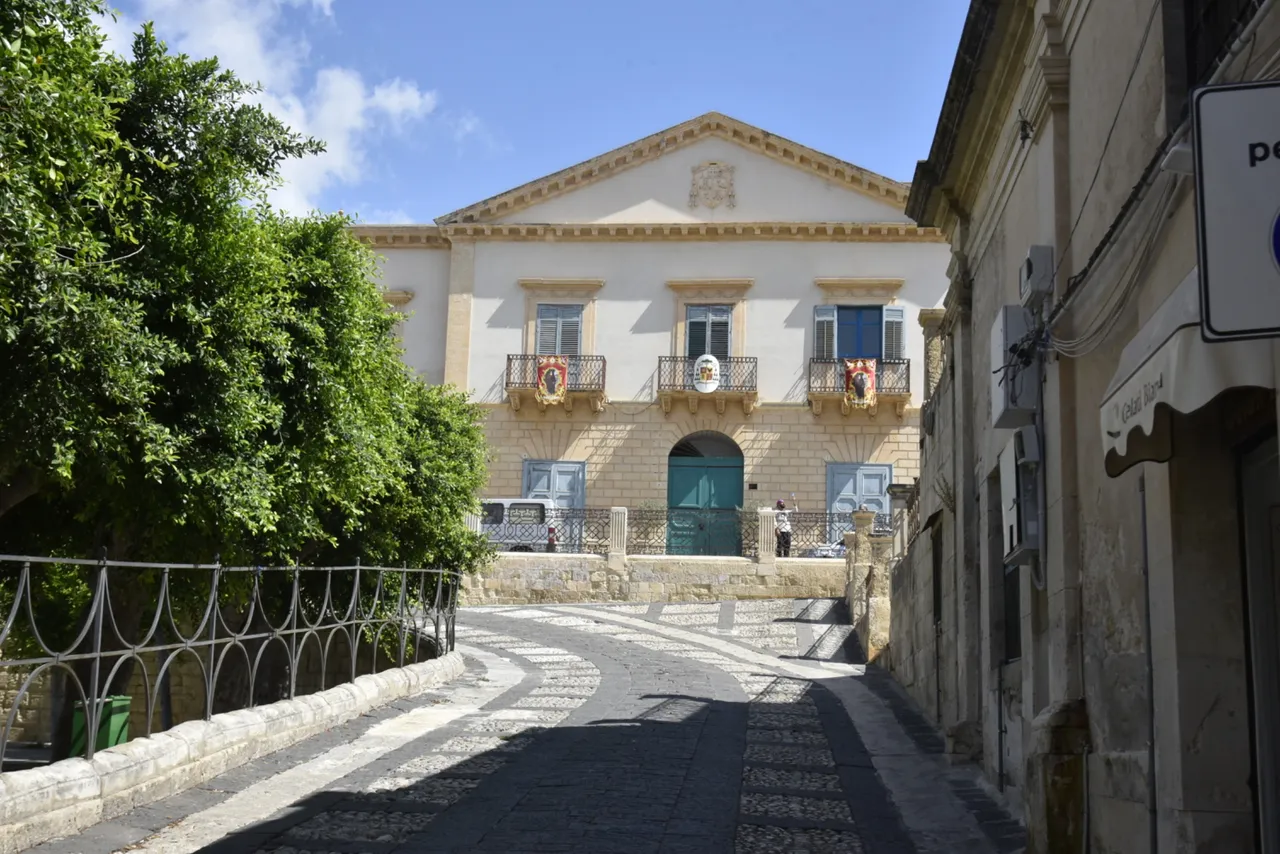
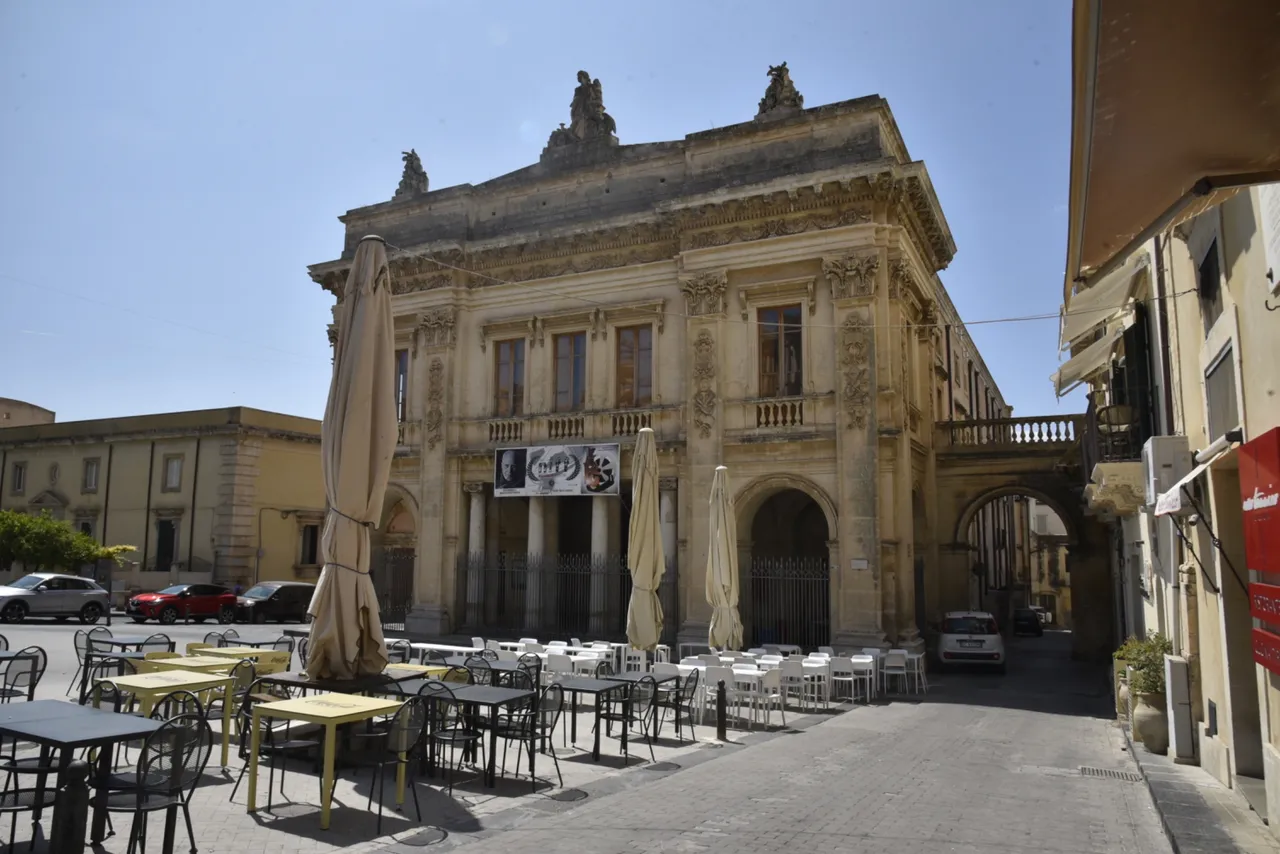
The city of Noto
The city of Noto is located in the eastern part of Sicily, it is very close to Syracuse.
Known by all as the capital of the Sicilian Baroque, Noto became a UNESCO heritage site in 2002 precisely because of its beauty and magnificence.
It is characterized by these wonderful and impressive buildings built with local limestone that with the sun takes on a yellowish color.
La città di Noto
La città di Noto si trova nella parte orientale della Sicilia, si trova vicinissima a Siracusa.
Conosciuta da tutti come capitale del barocco siciliano, Noto è diventata patrimonio dell’UNESCO nel 2002 proprio per la sua bellezza e magnificenza.
E’ caratterizzata da questi meravigliosi e imponenti palazzi costruiti con pietra locale calcarea che con il sole assume un colore giallastro.
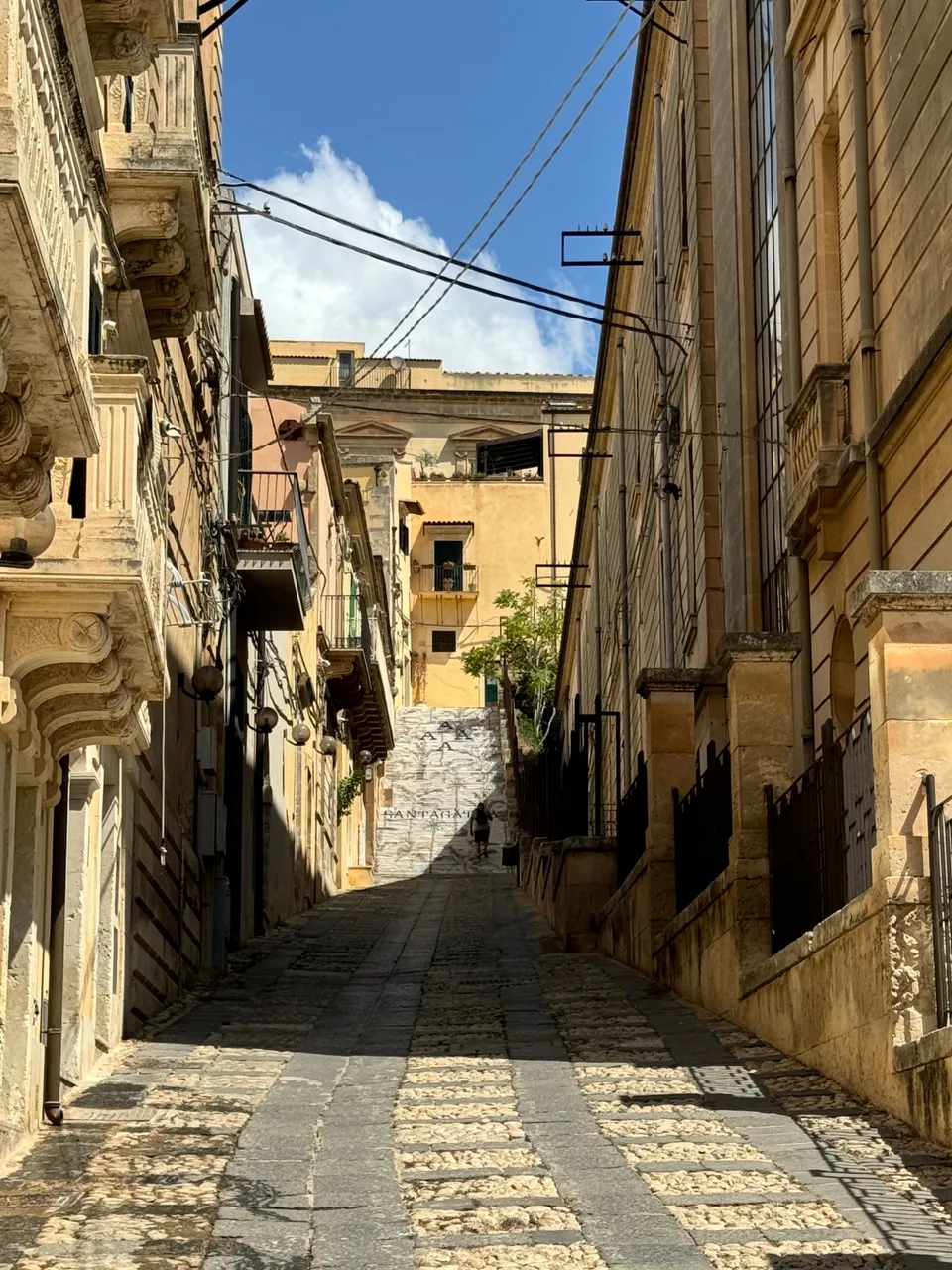
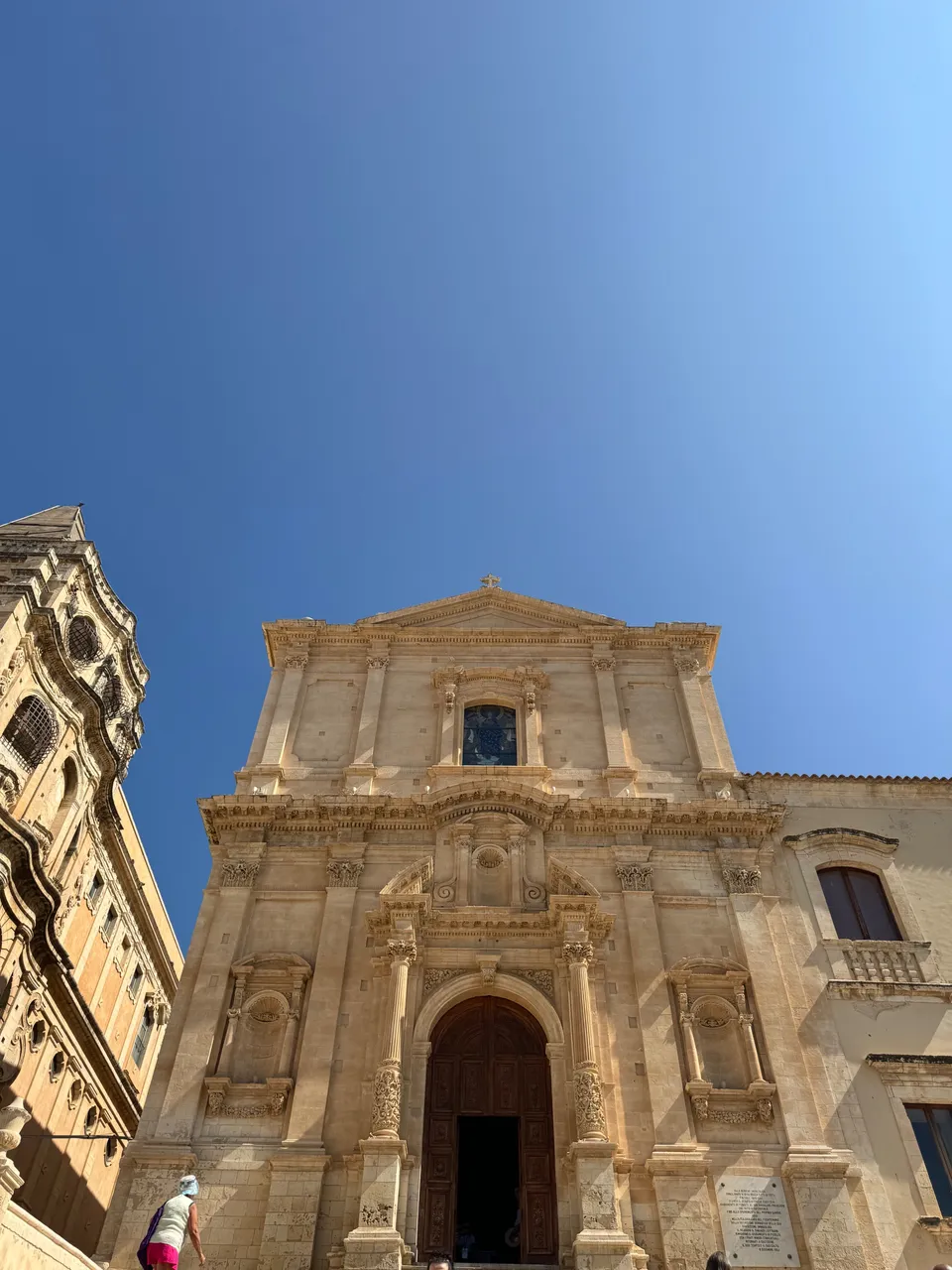
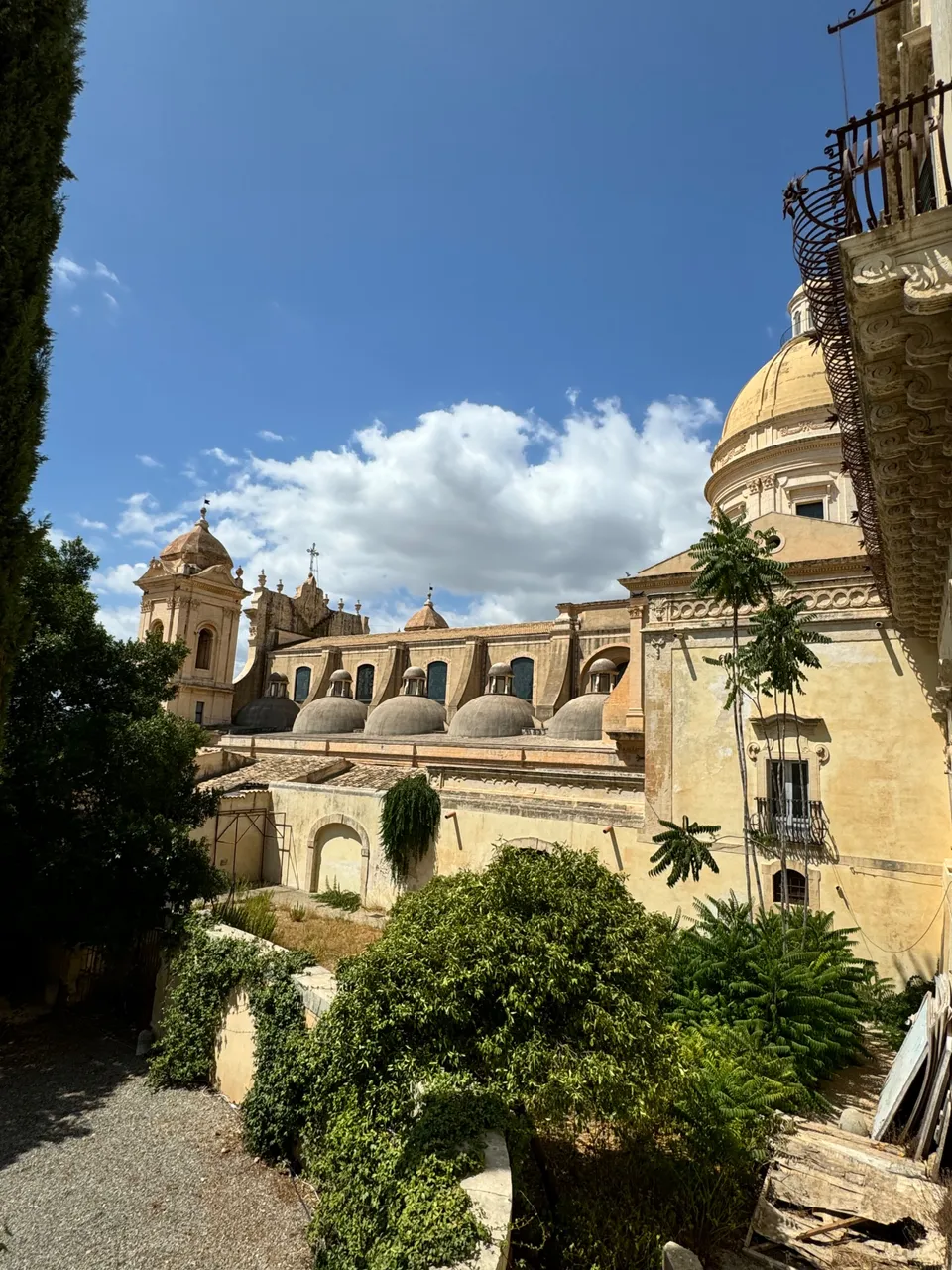
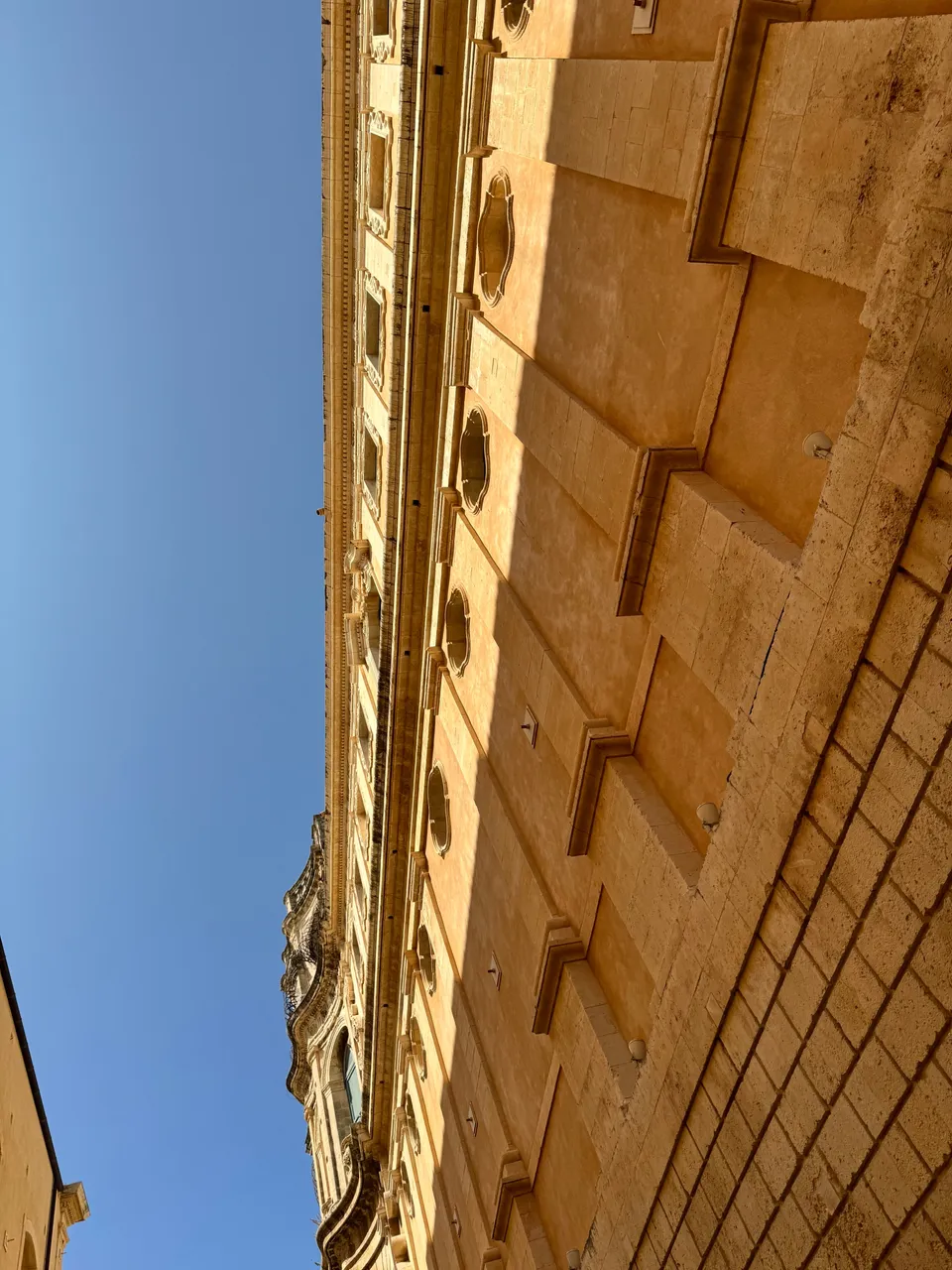
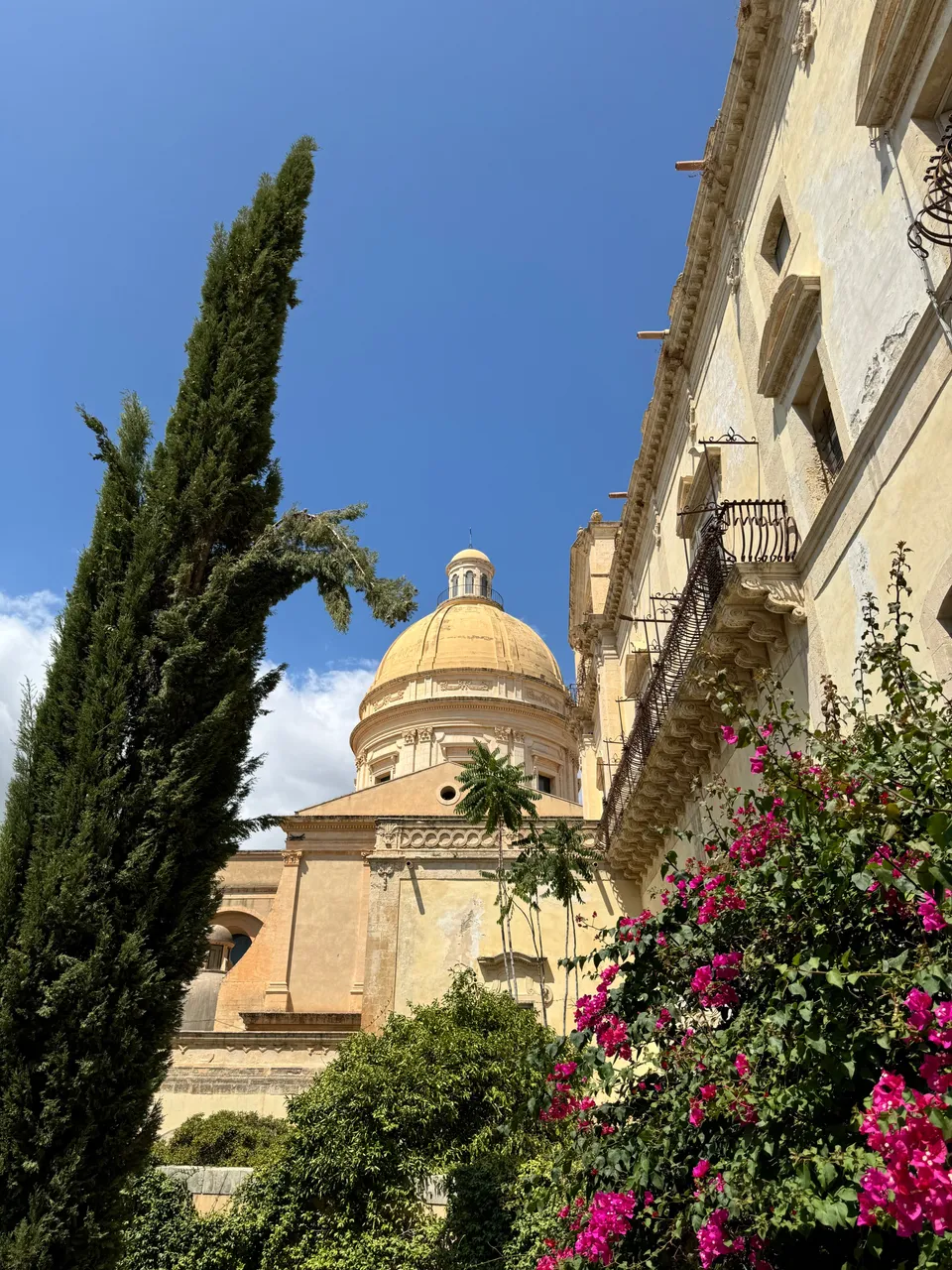
The Cathedral of Noto, is the hub of the city’s cult and emblem of local baroque. The building was built in late 1600 and finished in 1800. There was then the collapse of the dome in 1996, which led to major renovations until 2007.
The building dominates the city, there are many steps to reach the entrance.
La Cattedrale di Noto, è il fulcro del culto della città ed emblema del barocco locale. L’edificio fu costruito a fine 1600 e terminato nel 1800. Ci fu poi il crollo della cupola nel 1996, che portò a grandi interventi di ristrutturazione fino al 2007.
L’edificio si impone sulla città, numerose sono le gradinate per raggiungere l’ingresso.

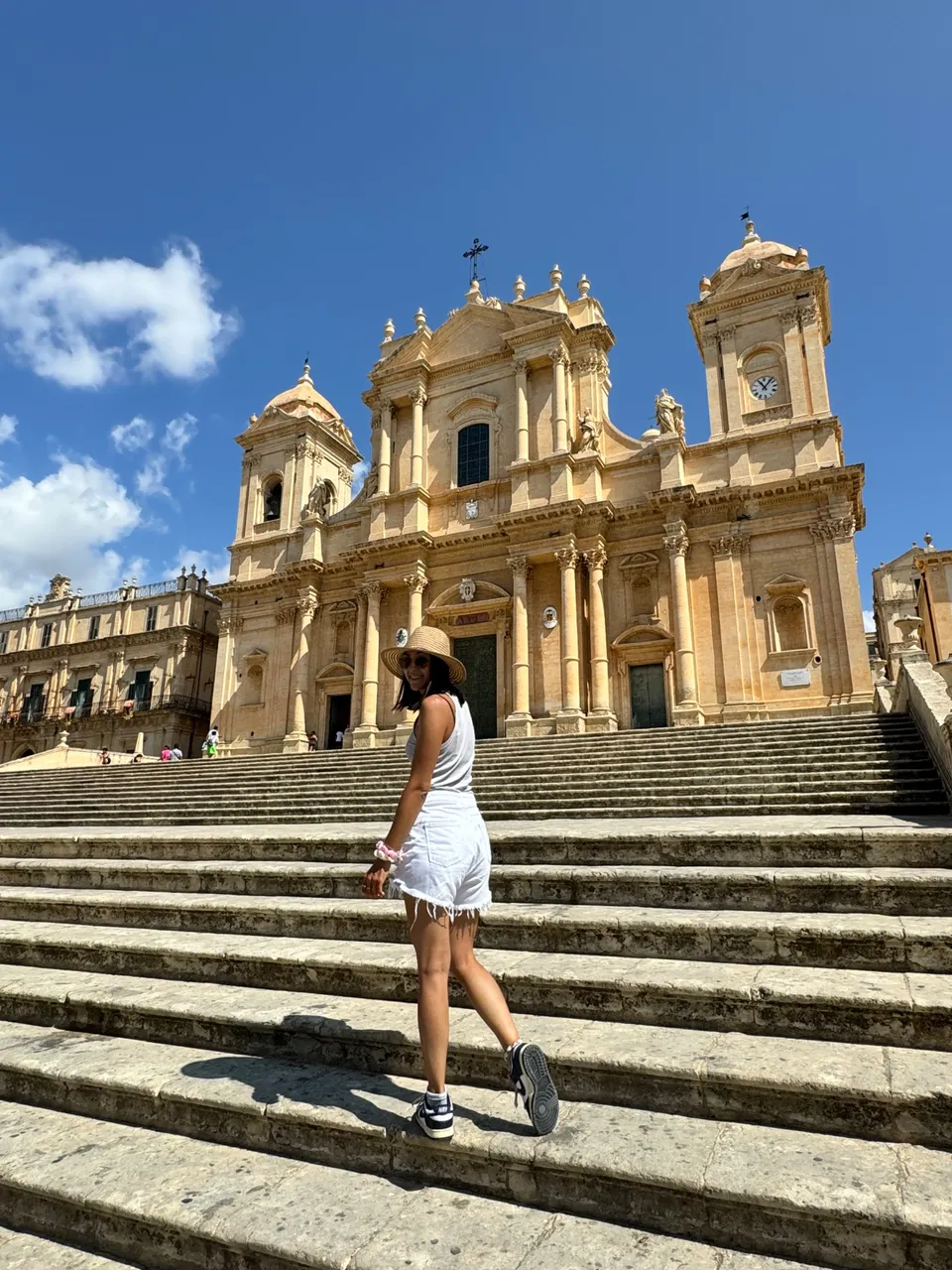



Another building that encloses the image of the Sicilian baroque is the church of San Francesco, also this, smaller than the Cathedral, stands on wide stairways.
The exterior is rich in decorations while the interior of the structure is very poor, only a central nave that ends with a small apse.
Altro edificio che racchiude l’immagine del barocco siciliano è la chiesa di San Francesco, anche questa, più piccola della Cattedrale, si erge su ampie scalinate.
L’esterno è ricco di decorazioni mentre l’interno della struttura è molto povero, unica navata centrale che termina con un piccolo abside.
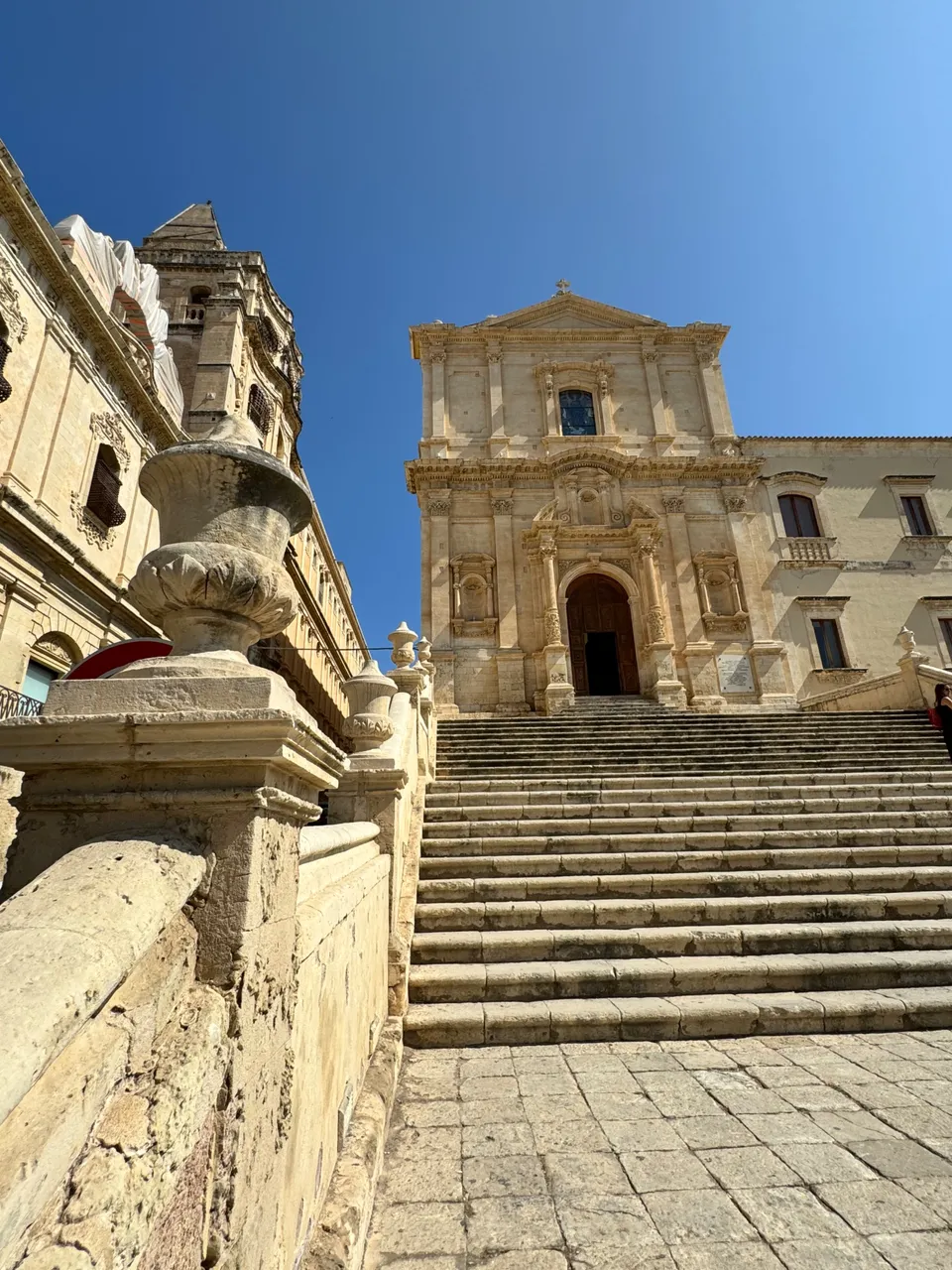

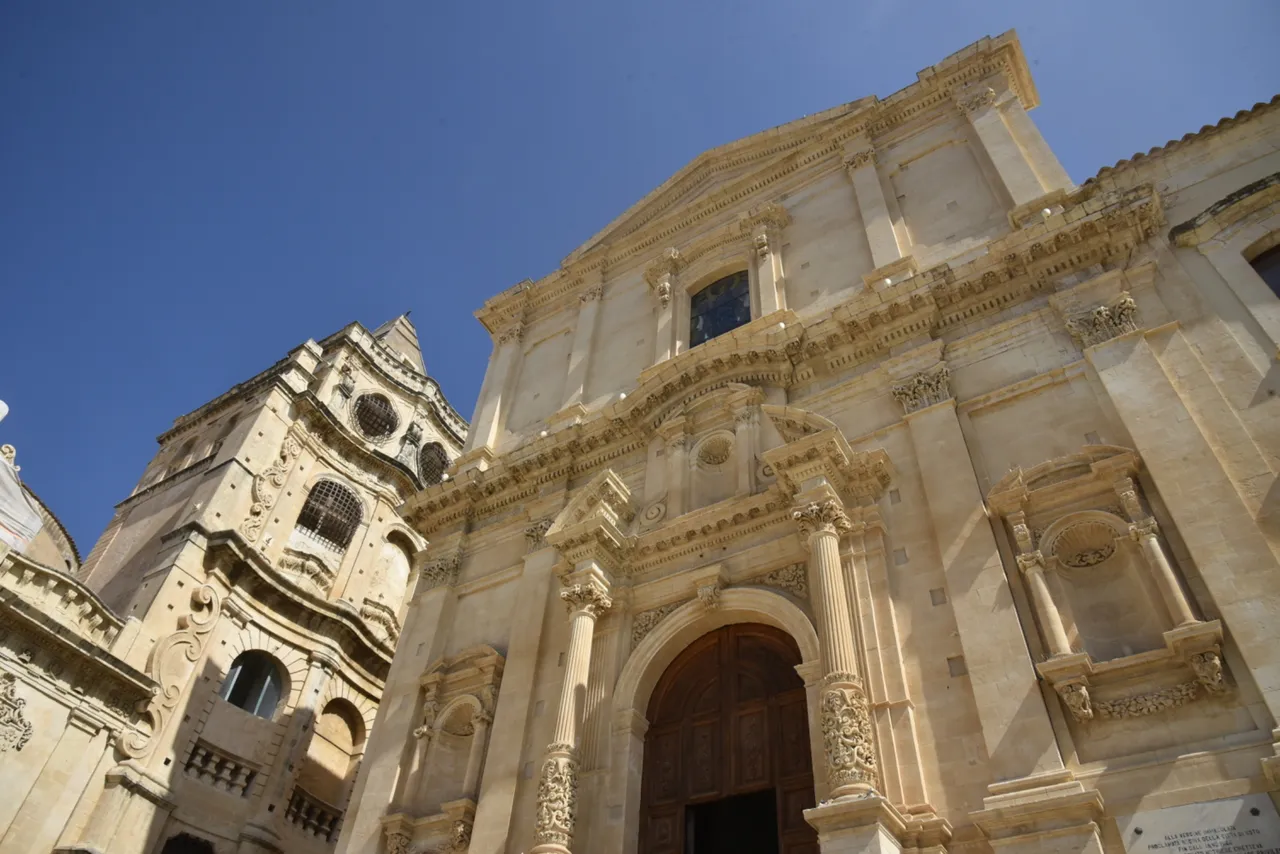
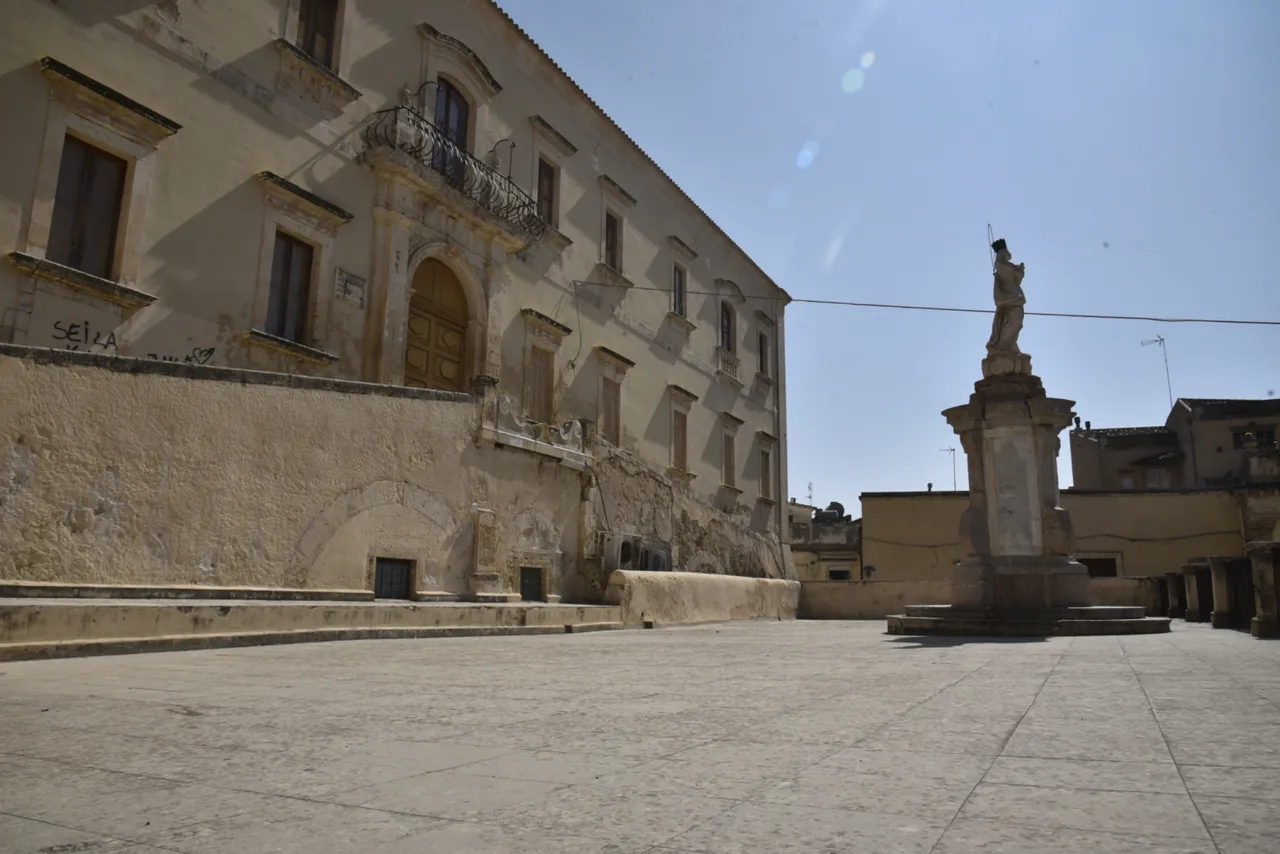
Another small gem for its location is the Church of Santa Chiara or monastery of the Clarisses. The entrance is on the same street as the Cathedral and the church of St. Francis, built in the mid 1700s.
The central plan is elliptical, with numerous stone columns. The highlight is the terrace, with the purchase of a ticket from 2.50 € you can enter the former convent of nuns and climb on the wonderful panoramic terrace that gives directly on the Corso Vittorio Emanuele. You will have a beautiful view of the Cathedral from above.
Un altro piccolo gioiello per la sua posizione è la Chiesa di Santa Chiara o monastero delle clarisse. L’ingresso si trova sulla stessa via della Cattedrale e della chiesa di San Francesco. Fu costruita intorno alla metà del 1700.
La pianta centrale è di forma ellittica, con numerose colonne in pietra. La chicca però è la terrazza, con l’acquisto di un biglietto da 2,50 € potrete entrare all’interno dell’ex convento delle monache e salire sulla meravigliosa terrazza panoramica che dà proprio sul corso Vittorio Emanuele. Avrete una bellissima visuale della Cattedrale dall’alto.
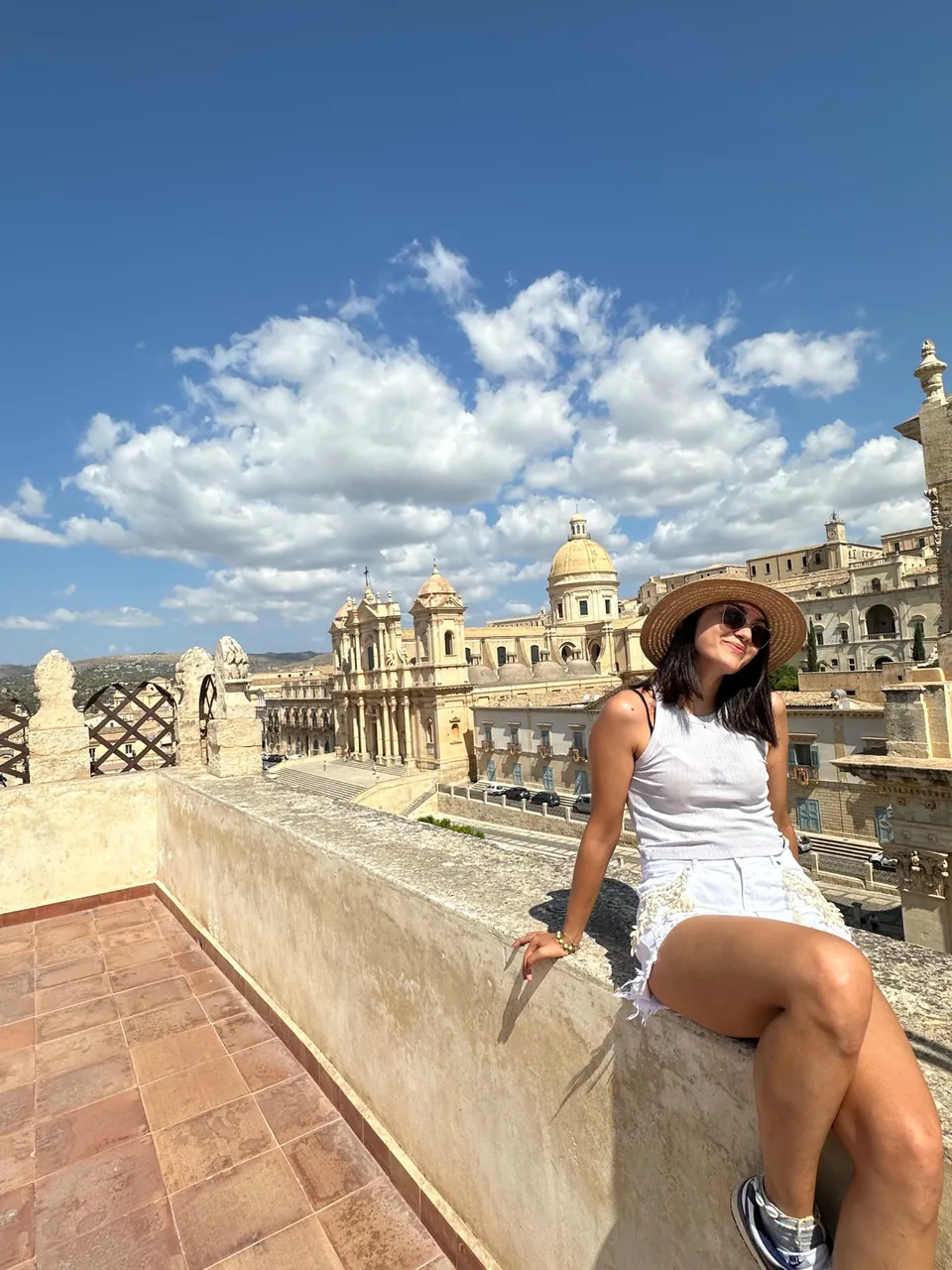
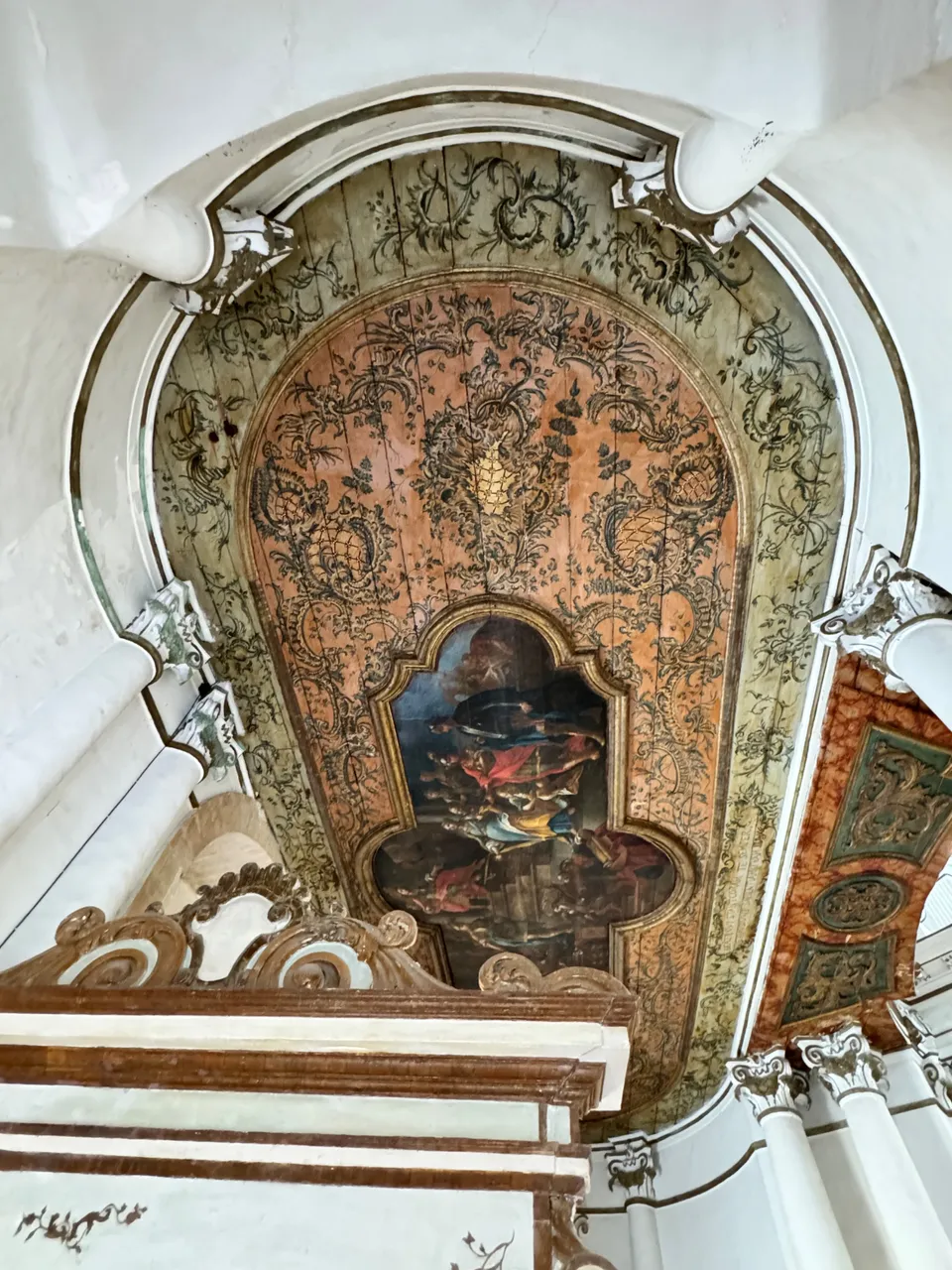

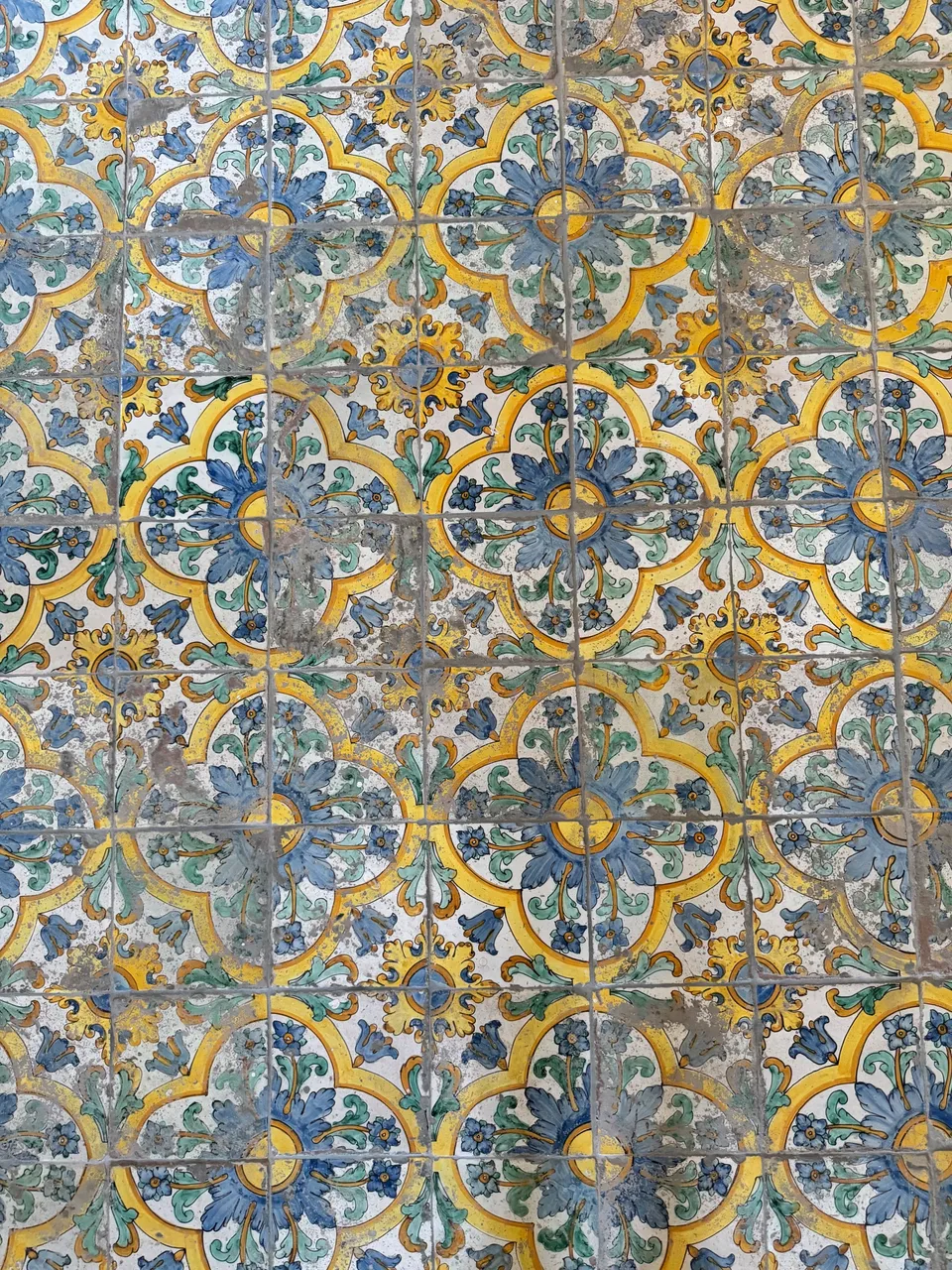
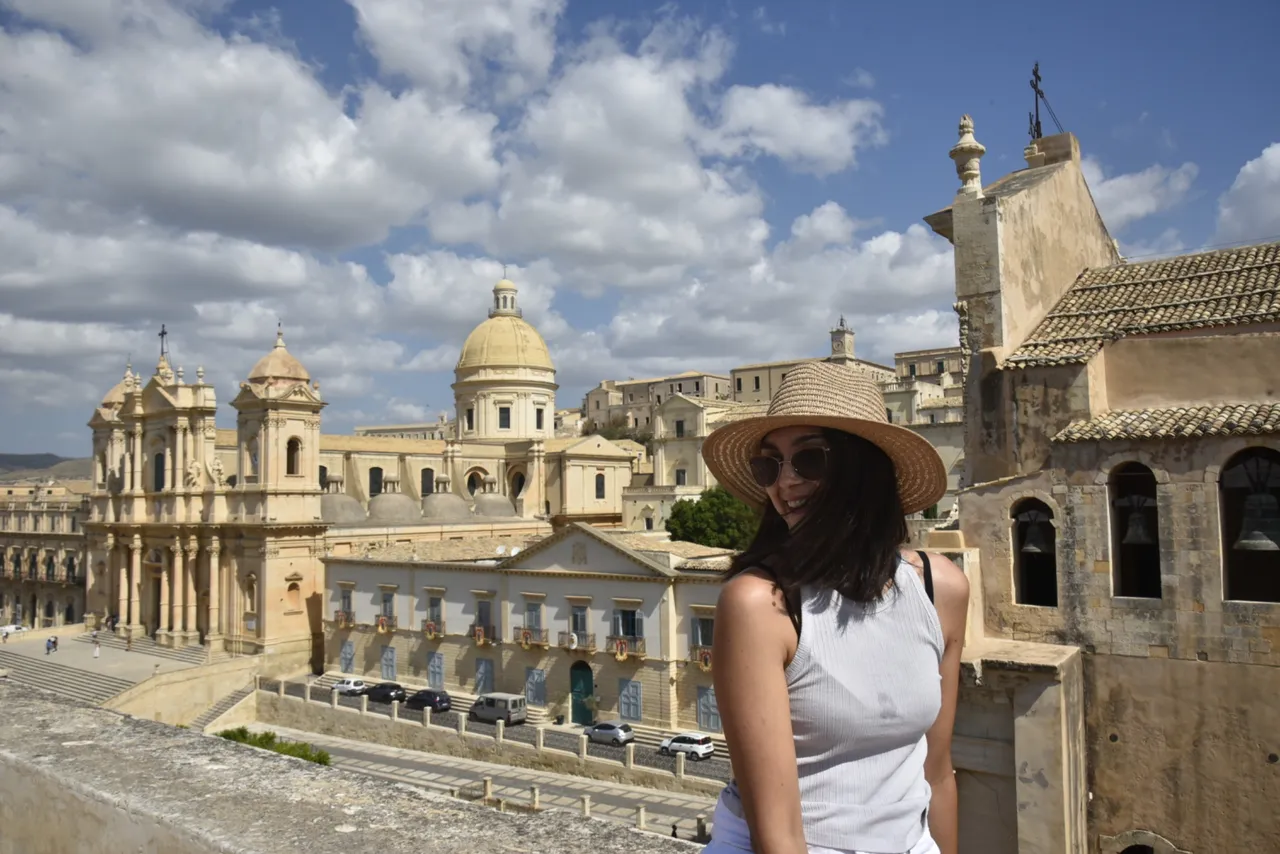
Continuing along the main street you will find many churches and palaces. One of these is Palazzo Ducezio, seat of the municipality of Noto. The name comes from the founder of the city of Noto. Also this built around the middle of 1700 and concluded around 1900.
Walking through the streets you can see the many stairs leading to the upper part of the city, all decorated with murals.
In short, the city of Noto is a real open-air museum, so if you are in Sicily, you must visit it.
To the next trip
Claere
